
Whiteboard Walls Work
Having access to large vertical surfaces such as whiteboard-painted walls to freely express creativity through writing, drawing, and doodling has been found to benefit growing children in many ways. whiteboard walls stimulate youngsters’ imaginations, enhance the learning process outside of the classroom, and offer alternative ways to focus attention besides the ever-present electronic gadgets that most children and teenagers are constantly engrossed in. Giving your kids the opportunity to use their intellect by freely sketching, writing, and doodling on a huge surface like a whiteboard painted wall can inspire original thoughts, stories, and artwork, and improve their self-esteem and the desire to learn. Fine motor skills such as writing and drawing first develop as large movements and become refined to smaller movements. Working on large vertical surfaces such as a whiteboard wall helps children to develop physical dexterity and control. And the regular use of such surfaces also improves the stability of the shoulders and elbows.
This idea is supported by child development researchers, who have found that a number of so-called psychomotor skills can be improved when children write or draw on a vertical plane such as a whiteboard painted wall. For this reason, many occupational therapists are now encouraging children to make use of vertical surfaces as much as possible both in the classroom and at home. Studies show that the following developmental areas can be enhanced when children work on a flat perpendicular surface such as a whiteboard wall:
Shoulder and elbow stability
Allows children to use large movements that promote strength and flexibility in the joints and muscles of the arms. Even the hands benefit because they are significantly strengthened as they exert effort against gravity to keep writing or making vertical, horizontal, and diagonal lines while drawing.
Ability to coordinate the use of both hands
For young children, tracing an object, using a stencil, or even just stabilizing a piece of paper to write with on an upright surface like a whiteboard wall requires using both hands (one to trace or write and one to hold) and it also requires awareness of bodily movements and physical strength to hold the object, stencil or paper.
Ability to cross the body’s midline
When children write or draw across a large vertical surface such as a whiteboard wall, they have to cross the body’s midline with their dominant hand to reach all areas of the surface. This activity provides excellent practice for children who are struggling to learn midline crossing and to establish strong right or left-hand dominance. Crossing the midline is an important developmental skill needed for many everyday tasks such as writing, reaching towards the foot to put one’s shoes and socks on with both hands, and being able to complete puzzles when the puzzle is on the opposite side of the body. When a child freely crosses the midline with the dominant hand, that hand gets the practice needed to develop good fine motor skills through repeated and consistent hand dominance. If a child avoids crossing the midline, both hands tend to get equal practice at developing skills, and the development of the child’s true handedness can be delayed. This means that once a child starts school, learning to write becomes much more difficult when they have two less skilled hands rather than one stronger, more skilled, or dominant hand. Difficulty crossing the midline also makes it hard for a child to visually track a moving object from one side to the other or track from left to right when reading, and so learning to read can also be delayed.
Wrist extension and pencil grasp
Writing and sketching in a vertical position as on a whiteboard wall naturally extends the wrist, thus encouraging hand stabilization for better pencil grasp and control of various writing utensils. Good wrist extension is required for daily activities such as hair styling, writing, getting dressed, using a screwdriver, and lifting heavy objects. Also, pencil grasp or learning to control a pencil or crayon with the hands and fingers depends on how strong and steady the shoulder and arm muscles are. Children develop control over the larger muscles of the trunk and arms, which are closer to the body’s center, before the smaller muscles of the hands, which are further away from the body’s center. Thus, writing and drawing on a whiteboard painted wall, which requires a lot of activity with the trunk and arm muscles, help kids to develop good pencil grasping skills as well.
Visual focus and hand-eye coordination
Working on a vertical surface brings a task closer to a child’s eyes, which helps those who have trouble maintaining visual attention on activities and helps to develop hand-eye coordination because the child has a better view of the task at hand. Hand-eye coordination is the synchronized control of eye movement with hand movement and the processing of visual information to guide the actions of reaching and grasping along with using awareness of the hands to guide the eyes. This skill is enhanced when children write and sketch on a whiteboard painted wall because, as mentioned, what’s being generated on the wall is easier to focus on than is writing/drawing on a piece of paper.
Spatial awareness
When a child works on a large vertical surface such as a whiteboard wall, it makes directional terms — up, down, left, and right — much easier to understand because the child can relate these words to his own body as the activity is being carried out. Spatial awareness develops naturally when children have the opportunity to freely explore their environment, and working on a whiteboard wall gives them this chance. They can draw as much as they like on the huge surface of the wall and discuss the locations and directional relationships of the images they create, thus increasing their understanding of where objects exist in space and how they relate to one another.
Sensory control
Standing and working on a vertical surface can be of assistance to fidgety kids who work better while standing up than while sitting at a desk. This view is supported by the fact that a highly effective adjustable standing desk has been invented for fidgety students. If a student’s legs begin to move restlessly, he or she can easily activate the desk’s height-adjusting lift mechanism, without help, whenever the urge to stand arises and then work more successfully.
Core and back muscle strength and posture
Working in a kneeling or standing position on an upright surface like a whiteboard wall gives children a good amount of core and back strengthening exercise. While standing up there’s no opportunity for a child to slump or lean on the back of a chair – the only option is to engage the core and back muscles to keep an upright posture while working. Core strength is the development of the torso muscles that stabilize, align, and move the trunk of the body. Poor core and back strength can cause poor posture, which can also affect a child’s gross motor and fine motor skills. Building strong core strength is like building a strong foundation for children, and what better way to do so than to have them exercise their creativity by writing and drawing on a whiteboard wall?
Thus, in view of the many benefits to youngsters of writing and working on a vertical canvas such as a whiteboard painted wall, it’s only reasonable to want to install one in your home or school classroom. And besides these pluses, allowing kids to exhibit their ingenuity through writing, sketching, and doodling can help them pursue their personal interests and find satisfaction and reassurance in the quality of their academic skills such as writing, art, and math.
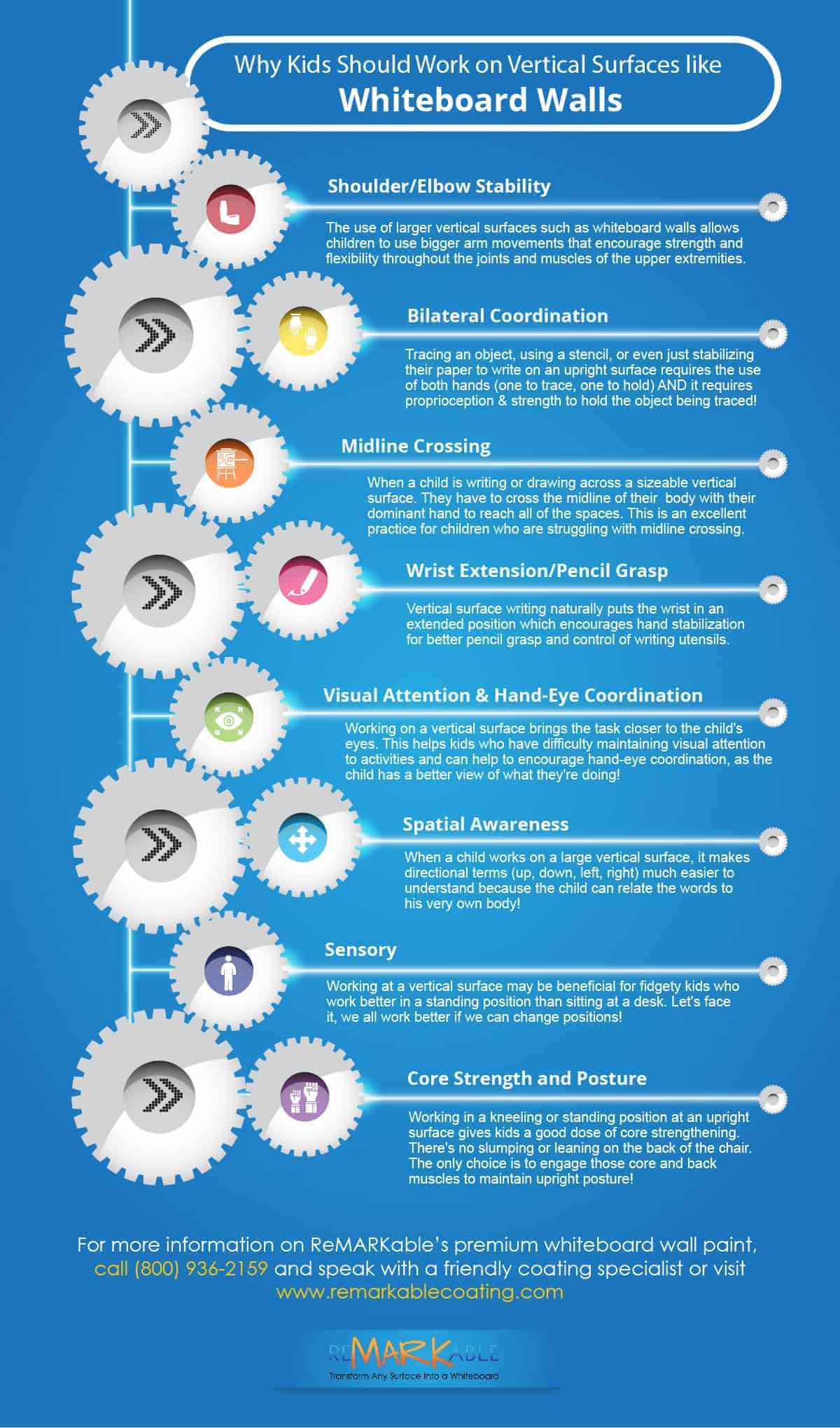

























































































![ReMARKable’s Winter Sale is Here! [25% Off + Free Shipping]](https://www.remarkablecoating.com/wp-content/uploads/2018/01/Red-Tag-Winter-Fashion-Facebook-Post-1-440x264.png)















![Drive Your Organization Into Openness and Watch it Expand [20% Off Whiteboard Paint]](https://www.remarkablecoating.com/wp-content/uploads/2016/04/Drive-Your-Organization-Into-Openness-and-Watch-It-Expand.-1-440x264.jpg)

![30% Off St Patrick’s Day Sale! [Details Inside]](https://www.remarkablecoating.com/wp-content/uploads/2016/03/Glorious-1-440x264.png)


![Giant Leaps Forward Require Big Spaces. [Leap Year Sale Event!]](https://www.remarkablecoating.com/wp-content/uploads/2016/02/Giant-Leaps-ForwardRequire-Big-Spaces-440x264.jpg)

















![ReMARKable Summer Sale 2018 [28% Off Whiteboard Paint]](https://www.remarkablecoating.com/wp-content/uploads/2018/06/Blue-Simple-Line-Beach-Facebook-Post-1-440x264.png)







































































































































































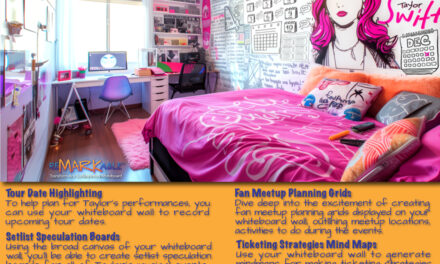
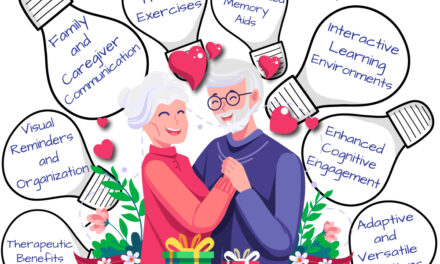
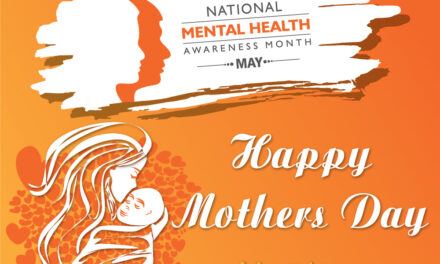
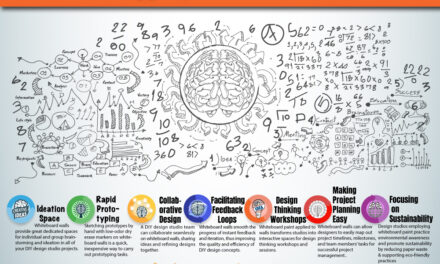
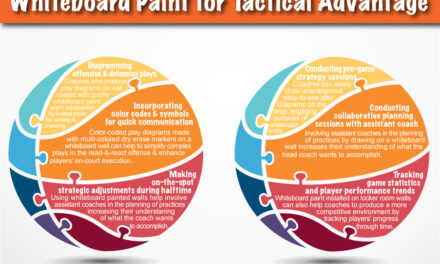
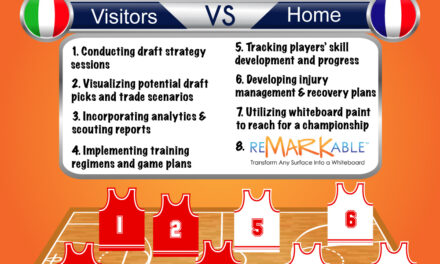

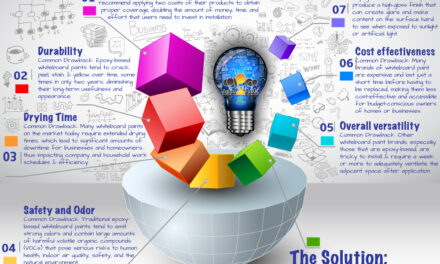
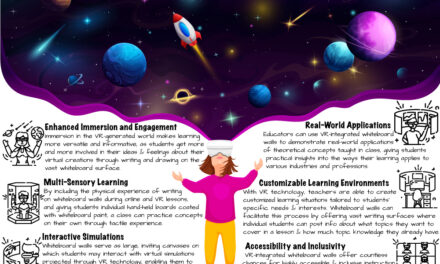
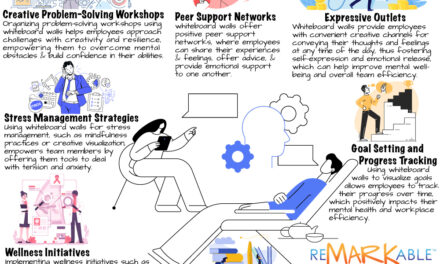

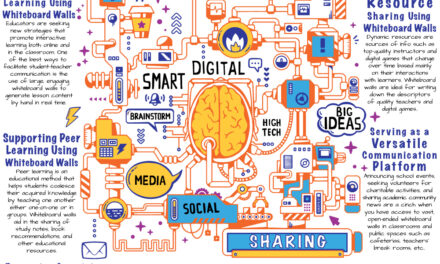
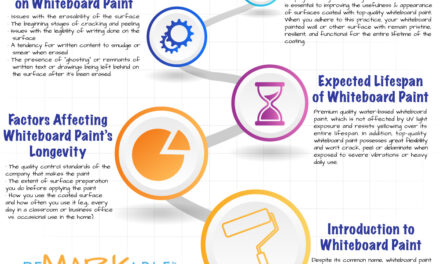
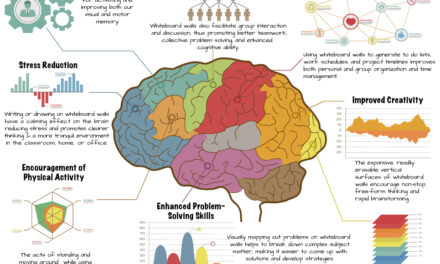
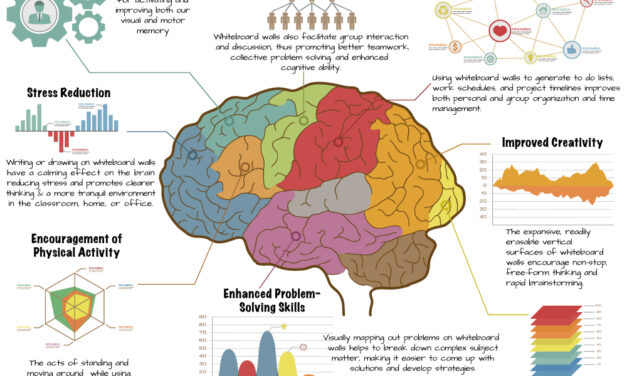














0 Comments